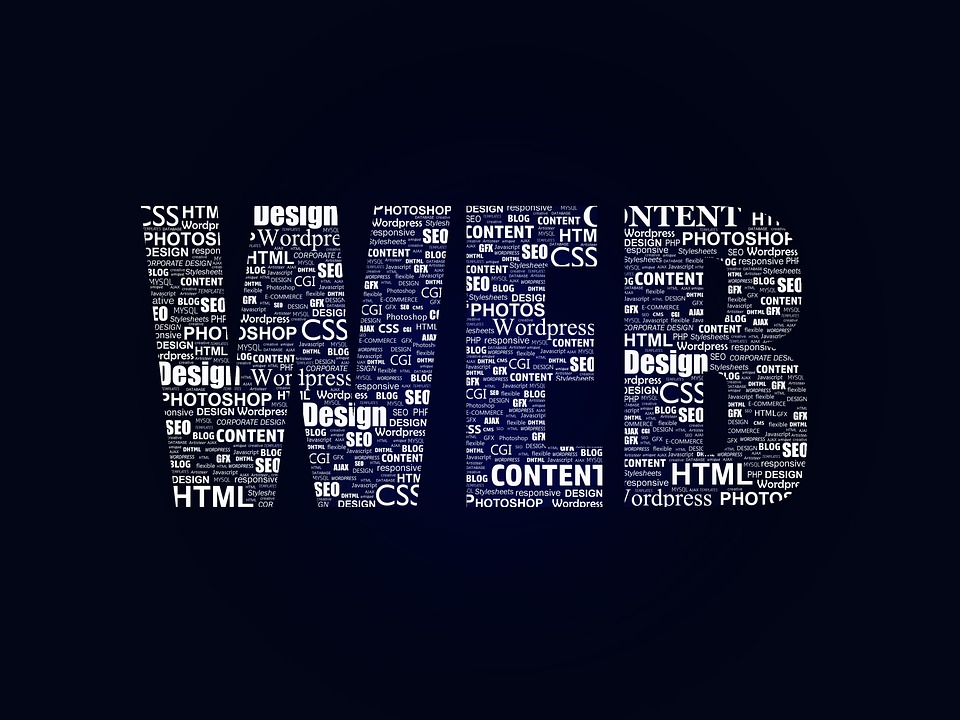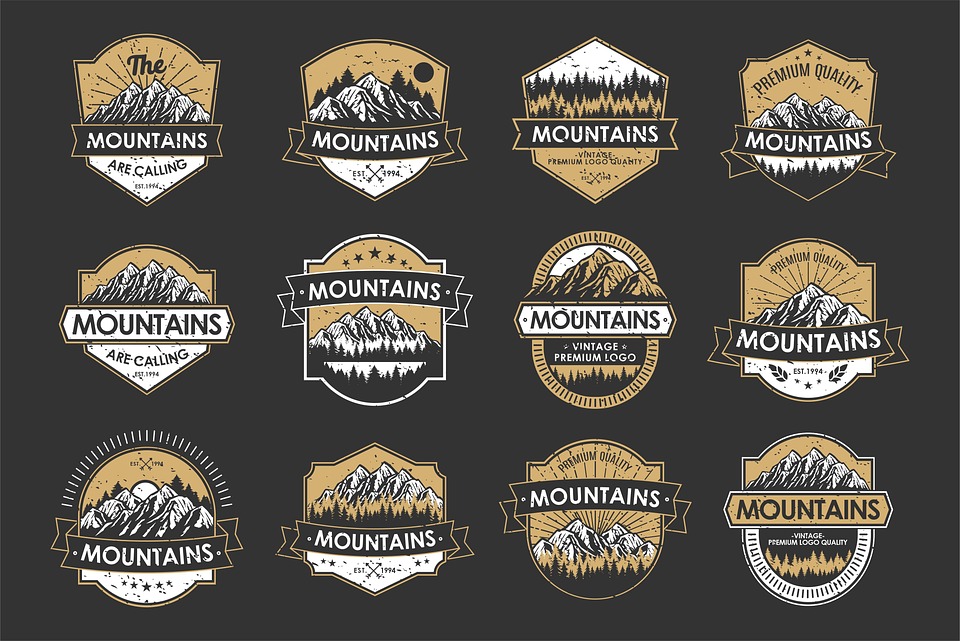The Evolution of Logo Design: How Logos Have Changed Over the Years
Logos are an integral part of a brand’s identity, serving as a visual representation of its values, mission, and personality. Over the years, logo design has undergone significant transformations, influenced by technological advancements, changing consumer behaviors, and shifting design trends. In this article, we’ll explore the evolution of logo design, highlighting the key developments, styles, and innovations that have shaped the industry.
Early Days: Logos as Simple Typography (1700s-1800s)
In the early days of logo design, typography played a crucial role. Logos were often simple, text-based designs that featured the company’s name or initials. This style was prevalent during the 18th and 19th centuries, when printing technology was limited, and visual elements were scarce. Examples of early logo typography include the Coca-Cola logo, designed in 1886, and the American Express logo, created in 1850.
The Rise of Illustration (1900s-1940s)
The early 20th century saw the emergence of illustration-based logos. Designers began incorporating illustrations, such as animals, objects, and abstract shapes, to create more distinctive and memorable logos. This style was popularized by designers like Paul Rand, who created iconic logos for companies like IBM and ABC. The introduction of color printing also enabled logos to become more vibrant and attention-grabbing.
The Golden Age of Logos (1950s-1970s)
The post-war era, known as the "Golden Age of Logos," was marked by the development of bold, modernist designs. Designers like Saul Bass and Ivan Chermayeff created logos that were geometric, abstract, and often featured simple shapes and lines. This style was characterized by its use of bold colors, sans-serif fonts, and a focus on simplicity and legibility. Examples of logos from this era include the CBS logo, designed by Chermayeff, and the AT&T logo, created by Bass.
Digital Age: Logos in the Era of Technology (1980s-1990s)
The advent of digital technology revolutionized logo design, enabling designers to create more complex, layered, and animated designs. The introduction of computer-aided design (CAD) software and desktop publishing tools made it possible to create and edit logos with greater ease and precision. This era saw the rise of logos that incorporated 3D elements, gradients, and textures, such as the Apple logo, designed in 1997.
Contemporary Logos: The Era of Minimalism and Customization (2000s-present)
In recent years, logo design has shifted towards minimalism, simplicity, and customization. The proliferation of digital media and social platforms has led to a focus on clean, scalable designs that can be easily adapted across various formats. Designers have also experimented with custom typography, color gradients, and abstract shapes to create unique and memorable logos. Examples of contemporary logos include the Google logo, designed in 2015, and the Netflix logo, created in 2014.
Key Trends and Influences
Several key trends and influences have shaped the evolution of logo design over the years:
- Digitalization: The rise of digital technology has enabled designers to create more complex, layered, and animated designs.
- Minimalism: The trend towards minimalism has led to a focus on simplicity, scalability, and customization.
- Globalization: The increasing importance of global branding has led to a focus on universal design principles and cultural sensitivity.
- Sustainability: The growing awareness of environmental and social issues has led to a focus on sustainable design practices and eco-friendly materials.
- Social Media: The rise of social media has emphasized the importance of logos that are visually appealing, easily recognizable, and adaptable across various platforms.
Conclusion
The evolution of logo design has been shaped by technological advancements, changing consumer behaviors, and shifting design trends. From simple typography to complex illustrations, and from traditional printing to digital design, logos have undergone significant transformations over the years. As design continues to evolve, it’s essential to stay attuned to the latest trends, influences, and innovations to create logos that are both timeless and contemporary.
#Evolution #Logo #Design #Logos #Changed #Years





Die Damen haben bei der Kleiderwahl die freie Wahl,
jedoch sollte auf kurze Hosen verzichtet werden. In Braunschweig
überlässt man es der Kundschaft hingegen selbst, wie sie sich kleiden und in der Spielbank erscheinen möchte.
Das Casino ist sehr strikt, wenn es um die Auswahl der Kleidung
geht. Der Dresscode im Casino Baden-Baden besagt zum Beispiel, dass für das
Automatenspiel jeglicher Stil erlaubt ist, mit Ausnahme von T-Shirts.
Diese kann das Tischspiel und das Automatenspiel einbeziehen oder nur für
einen bestimmten Bereich des Casinos gelten. Das Casino wird somit
nicht nur zu einem Ort des Glücksspiels, sondern zu einem Raum, in dem Eleganz und
Stil zelebriert werden.
So finden Herren zum Beispiel in den Casinos in Baden-Baden, Wiesbaden und Monte-Carlo ohne Sakko keinen Einlass.
Casinos wie Baden-Baden, Monte-Carlo und Wiesbaden legen Wert auf formellere Kleidung als beispielsweise das
Casino in Salzburg. So gelten zum Beispiel tagsüber weniger strenge Regeln als für den Casinobesuch am
Abend.
In deutschen Spielbanken ist das Nutzen von Mobiltelefonen oder anderen elektronischen Geräten wie zum Beispiel Taschenrechnern, die als Hilfsmittel dienen könnten, untersagt.
In einigen Casinos ist es erlaubt, eine ordentliche Jeans dazu zu tragen. Spontane Herren können sich in vielen Spielbanken sogar Sakkos ausleihen,
um angemessen gekleidet zu sein. Abends, in Italien beispielsweise
festgelegt ab 19.30 Uhr, soll es glamourös werden.
Im besten Fall informieren Sie sich zur Sicherheit vorher direkt
bei dem Casino, welches Sie besuchen möchten.
References:
https://online-spielhallen.de/amunra-casino-login-ihr-portal-zu-spielen-und-gewinnen/
With the redesigned private gaming rooms
Sovereign and Oasis, the land based casino delivers the finest in premium
gaming experiences. Mississippi stud poker, three card poker,
Caribbean stud poker, and Texas Hold ’em bonus poker are
among the poker games available on the casino floor. Only two
poker tables are available in the poker room, with the majority of the games being Texas Hold ’em ($2/$3).
After you’ve finished spinning the reels, walk over to the table games area to try your hand at your favorite table casino games.
More information on premium membership access and advantages
will be sent to eligible members.
Alternatively, you might relax in your 5-star hotel room and take in the beautiful scenery from your suite.
Before you attend the latest stage play, meet up with friends and have a meal before
the night begins, or taste from the incredible buffet.
There are over six restaurants, and their website offers a handy online table reservation option. After hours, choose from outdoor
bars, sports bars, or the neighborhood’s hotspot,
The Atrium Bar. You may enjoy lush manicured grounds, an enviable
location, and five-star comfort whether you stay at The Star Grand or The Darling.
There are also spa services, an outdoor pool area, and private cabanas.
View current jackpot sums for games like Golden Dollars
Grand, Dinomite, Highway Zone, Players Paradise Gold, and more.
The hosts will gladly answer any questions you may have about membership requirements and advantages.
There is no limit, and there is a buy-in ranging from $100 to
$300 for Texas Hold ’em. On both the Main Gaming Floor and
the Private Gaming Room, there are over 1,400 pokies and video poker machines, making it a pokies lover’s delight.
Below we take you through what you can expect from the casino in detail.
Many attractions are within walking distance of the casino,
located on the picturesque Gold Coast.
References:
https://blackcoin.co/true-fortune-casino-review/
Our mission is to offer clear, unbiased, and
responsible information to help users make informed decisions regarding online
gambling. Crypto withdrawals are usually processed within a few hours after verification. How
fast are crypto withdrawals at Skycrown? There’s no separate
Skycrown app for Android, but the mobile site works perfectly on any
modern Android phone or tablet — no download needed. Don’t forget to check the latest
skycrown promo code before diving in. Great for casual spinners and bonus hunters who enjoy a fast-paced setup.
If you enjoy bright visuals and interactive mechanics, live game
shows deliver some of the most entertaining experiences available
at online casinos with live dealers. High-limit tables attract premium players, while low-limit options available
at live dealer casinos make this classic table game accessible for
everyone. Live poker at online live casinos in Australia differs from traditional poker rooms because
you play against the house—not other players. Live casinos online offer
a broader choice of games, variants, table limits, and bonus features that you
rarely find in physical venues.
Many players in Australia choose live dealer sites over physical casinos because they deliver a comparable experience
with fewer limitations. Online live casinos in Australia have become hugely popular because they blend the excitement of in-person gaming with the convenience of online play.
Elevate your gaming experience with SkyCrown Casino, your premier destination for
sports betting, casino games, and live dealer action. The free
spins work on popular games that actually pay well, not just the low-return options many casinos restrict players to.
Here you’ll find a broad mix of real-money pokies, live dealer tables, and modern gaming tools that make play smooth on both desktop and mobile.
Responsible gaming ensures that pokies, live tables, and other casino games remain enjoyable instead of stressful.
References:
https://blackcoin.co/just-casino-australia-login-your-ultimate-guide/
online casino real money paypal
References:
https://www.ahrs.al/punesimi/2025-️-deposit-payout-with-paypal
casino paypal
References:
jobs.thetalentservices.com